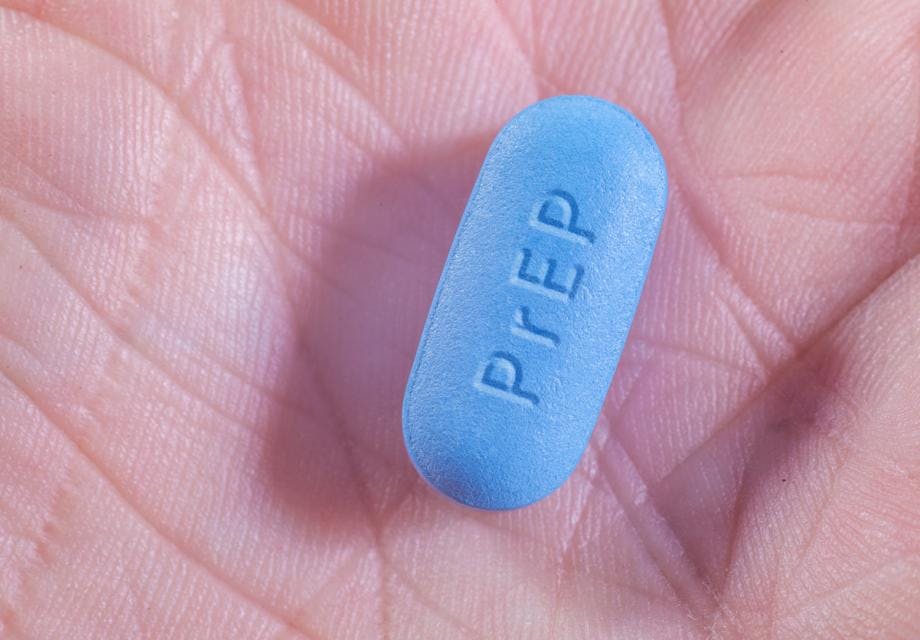Understanding the impact of PrEP stigma
Hester Phillips
22 May 2023
Survey of mainly gay men shows one-third felt that taking PrEP would cause others to see them in a bad light
A French study has revealed fairly high levels of PrEP stigma among gay men – and suggests that those with good mental health and encouraging partners and friends are more likely to see PrEP as a good thing.
What is the research about?
The impact of PrEP-related stigma.
Researchers surveyed around 2,500 people who were taking part in an HIV prevention study in Île-de-France, France. The study, which began in 2017, offers people at high risk of HIV condoms, PrEP, HIV and STI tests, HIV treatment if needed, counselling and support. Around half of those surveyed were taking PrEP.
Most of the people surveyed were gay men (although some bisexual men and transgender men and women also took part). Most had high education and income levels.
Why is this research important?
Since PrEP has been available, stigma has stopped some people from taking it or staying on it. It is important to understand how widespread these negative views of PrEP are and what might be behind these attitudes.
What did they find out?
One-third (33%) of participants felt that taking PrEP might cause others to have a negative image of them. Younger participants, and those with lower self-esteem or higher levels of depression were more likely to hold this view.
Those who were encouraged to take PrEP by their main partner or friends were less likely to have a negative view of it.
People who knew their most recent sexual partner's HIV status and consistently used HIV prevention methods (condoms and/or PrEP) in the past three months were also less likely to see PrEP in a bad light.
What does this mean for HIV services?
There is a need for HIV prevention campaigns that promote a positive image of PrEP and the people who take it.
These campaigns are likely to be effective if they focus on the good things about PrEP, such as increased pleasure during sex and the positive feelings people get when they look after their health. This may be more effective than focusing on the risks of not using PrEP as this negative association could fuel stigma further.
What is included in a PrEP campaign will vary, depending on who the campaign is aimed at. That’s why any campaign should be designed and delivered with the involvement of the group or groups being targeted. This can also be a good way to work out if there are sub-groups within this group that are more likely to view PrEP badly. In this study, younger men were more likely to hold negative views, but this will differ depending on context.
Targeting a group that is at risk of HIV could help change attitudes about PrEP in that group. But it is also important to address PrEP stigma among the wider community and among healthcare professionals. If negative views on PrEP persist in these spaces, stigma will continue to circulate.
Providing counselling and other support to help people deal with depression and low self-esteem could also improve their views on, and use of, PrEP.
Get our news and blogs by email
Keep up-to-date with all our latest news stories and blogs by signing up to the Be in the KNOW news digest.
